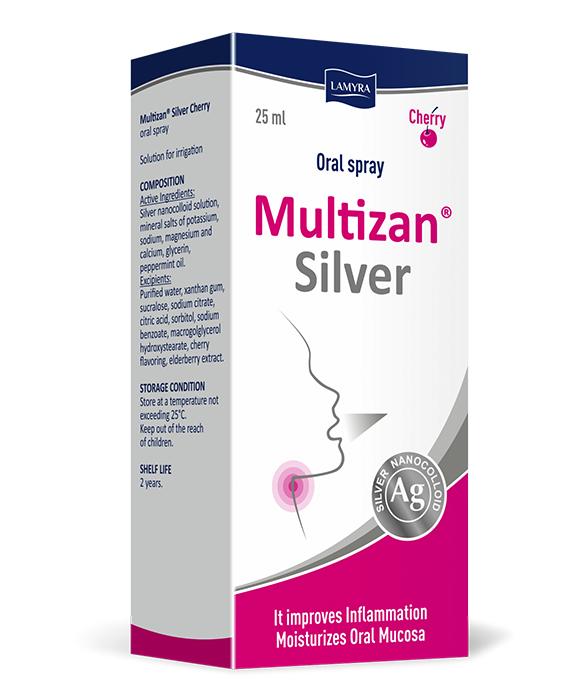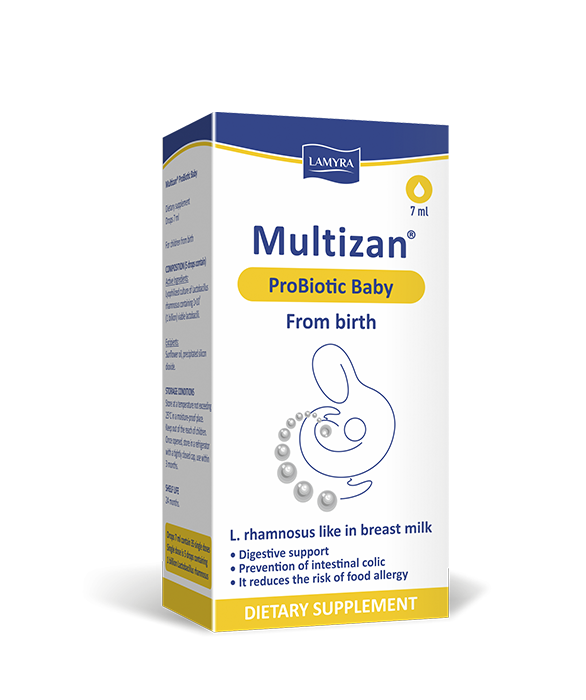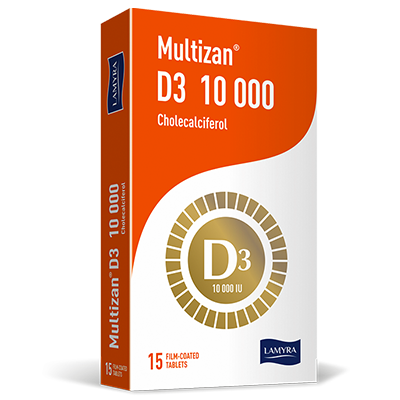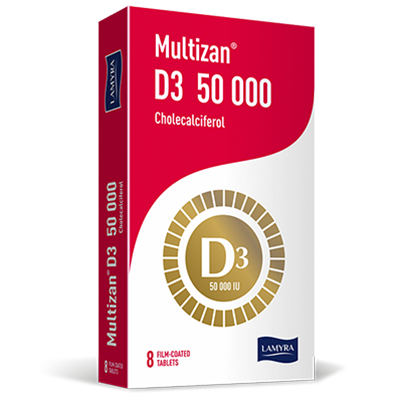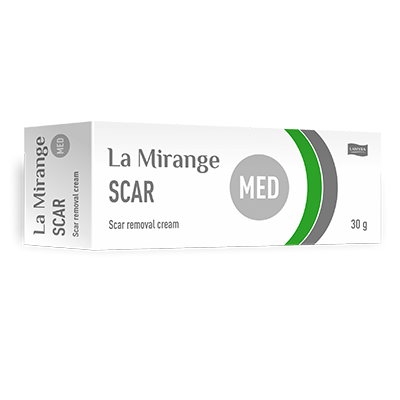Vitamin D deficiency is associated with obesity, a high BMI, insulin resistance, adverse effects on insulin secretion and glucose tolerance.
By 2015, more than 4800 scientific and research articles have been published (more than 4000 – after 2005) indicating the multiple aspects of relationship between the intake of vitamin D (according to the dietary questionnaire, food diary), plasma vitamin levels, the activity of molecular cascades and the risk of glucose tolerance and diabetes.
Vitamin D contributes to the absorption of calcium, which is necessary for the secretion of insulin, and it has an immunomodulatory effect on pancreatic beta cells. In addition, type 1 diabetes (T1DM) and type 2 diabetes (T2DM) are associated with inflammation, upon that the pathophysiology of type 1 diabetes mellitus includes an autoimmune component.
Studies have demonstrated not only an increase in the risk of the development of T2DM in case of vitamin D deficiency, but also the effect of vitamin D deficiency on the various metabolic risk factors of the development of diabetes, such as fasting glucose levels, insulin sensitivity, glycated hemoglobin levels, metabolic syndrome indicators and etc. in both healthy and diabetic patients.
Vitamin D deficiency can be associated with the amount of adipose tissue and the parameters of carbohydrate metabolism.
In the mentioned study, the relationship between the level of 25-hydroxyvitamin D [25 (OH) D] in blood serum and the amount of fat mass, the indicators of glucose metabolism in generally healthy women have been assessed. The study included 320 generally healthy women at the age of 40 to 52 years (average age – 46,1 ± 4,5 years). Serum 25 (OH) D insulin levels have been assessed by an enzyme immunoassay, plasma glucose levels have been assessed using a standard method. To assess tissue sensitivity to insulin, HOMA and ISI (0,120) indicators have been calculated. To determine the amount of adipose tissue and calculate the index of fat mass, dual-energy X-ray densitometry has been performed in 134 women.
According to the results obtained, the level of 25 (OH) D in blood serum was 19,4-134,0 nM/l (in average 52,9 ± 22,7 nM/l). The lack or deficiency of vitamin D (a level below 75 nM/l) has been diagnosed in 86,8% of the examined women. The results of the study showed that a decrease in the level of vitamin D was associated with obesity (r = -0,35, p <0,01), an increase in plasma glucose against the background of a glucose tolerance test (GTT) (r = -0,31, p <0, 01) and a decrease in tissue sensitivity to insulin (r = -0,28, p <0,01). It was found that vitamin D levels below 50 nM/l were associated with an increase in the risk of obesity (OR 2,1; CI 95%) and type 2 diabetes mellitus (OR 1,67; CI 95%).
The results of the study showed that vitamin D deficiency is widely represented in the population of generally healthy women and a low level of 25 (OH) D in blood serum is associated with an increase in the amount of adipose tissue, an increase in plasma glucose against the background of the glucose tolerance test (GTT) and a decrease in tissue sensitivity to insulin. Therefore, the lack of vitamin D may be an additional risk factor for obesity and insulin resistance, contributing to the development of type 2 diabetes mellitus.
Warzocha K, Ribeiro P, Bienvenu J, Roy P. Genetic polymorphisms in the tumor necrosis factor locus influence non-Hodgkin’s lymphoma outcome. Blood. 1998;91(10):3574-3581.
T.L. Karonova, E.P. Mikheeva, E.I. Krasilnikova, O.D. Belyaeva, M.V. Budanova, O.V. Galkina, E.N. Grineva.
1. Saint Petersburg State Medical University named after Acad. I.P. Pavlova SEI HPE, Ministry of Health of the Russian Federation, Saint-Petersburg, Russia.
2. Federal Heart, Blood and Endocrinology Center named after V.A. Almazov FSBI, Ministry of Health and Social Development of the Russian Federation, Saint-Petersburg, Russia.
Ganji V, Zhang X, Shaikh N. Serum 25-hydroxyvitamin D concentrations are associated with prevalence of metabolic syndrome and various cardiometabolic risk factors in US children and adolescents based on assay-adjusted serum 25-hydroxyvitamin D data from NHANES 2001-2006. Am J Clin Nutr. 2011;94(1):225-33.

